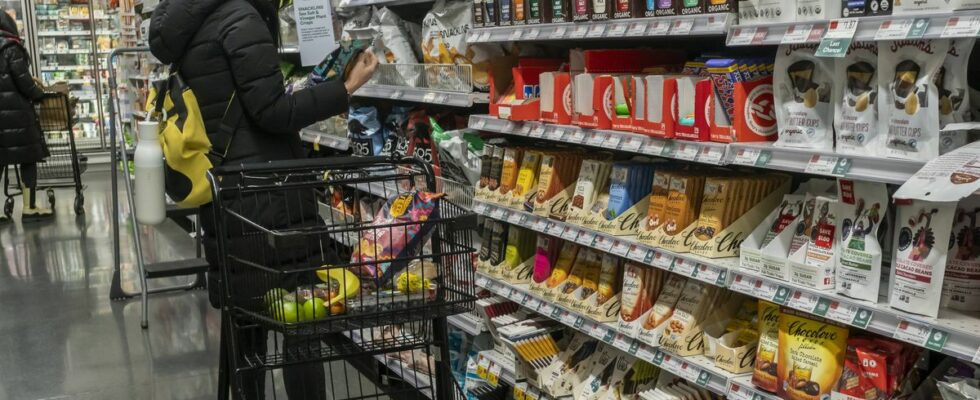Boom in the price of pasta, the price of the wafer of butter which flies away… Small purses are suffering in the face of inflation. Food has become the second item of expenditure for people in food banks, still behind housing but now ahead of water and energy bills. In this context, food aid is considered “essential” by two thirds of the 1,223 people questioned between September 29 and November 15 by the CSA institute, an increase of 15 points in two years.
More than a third of people received in food aid structures have been there for less than six months, according to a study published on Monday and carried out in the fall, which also underlines the diversity of the profiles of the beneficiaries. Another sign of “worsening purchasing power problems” of modest French people is that they have recourse to food aid with increased frequency. Nearly 60% of beneficiaries use it once or twice a week, an increase of 6% compared to 2020, indicates this study carried out by the CSA institute for food banks.
2.4 million beneficiaries
“Populations with more and more differentiated profiles now have recourse to food aid”, also observes the study. Over 80% of beneficiaries are unemployed (unemployed, retired, long-term sick or stay-at-home parent). Among the 17% who have a job, 60% are on permanent contracts and 66% work part-time. A total of 2.4 million people were benefiting from food aid at the end of 2022, i.e. three times more people than ten years ago.
“Since 2008, the various economic and health crises have resulted in this ‘slow tide’ of recourse to food aid which has never ebbed”, explains the study. Food banks collect nearly 132,000 tonnes of food products each year from large retailers, the food industry, farmers and the general public. They also purchase fresh produce. These products are then distributed to associations, solidarity grocery stores and community centers for social action.

